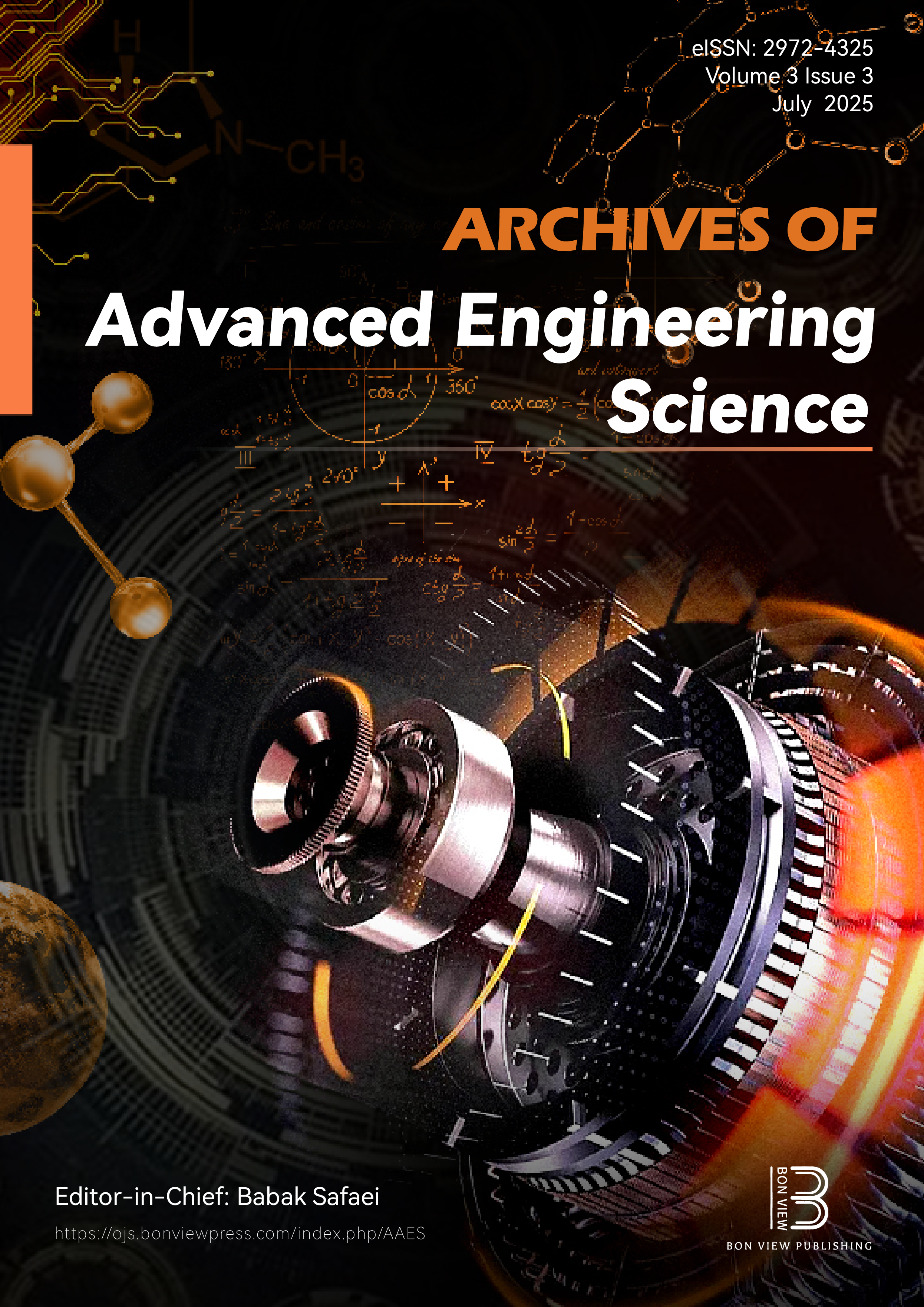Evaluating the Structural Integrity and Performance of Polyethylene Terephthalate and Low-Density Polyethylene-Based Interlocking Bricks for Sustainable Construction
DOI:
https://doi.org/10.47852/bonviewAAES42024198Keywords:
polymeric interlocking bricks, compressive strength, flexural strength, water absorption, PET plastic wasteAbstract
The increasing accumulation of plastic waste poses significant environmental challenges, contributing to pollution and resource depletion. The construction industry, traditionally reliant on non-renewable materials, faces increasing pressure to adopt sustainable practices. This study addresses the urgent need for innovative solutions that utilize recycled plastics in construction, thereby mitigating waste and enhancing material sustainability. This study aims to address the problem of plastic waste management by evaluating the production of interlocking bricks from waste polyethylene terephthalate (PET) and low-density polyethylene (LDPE) plastic. The objectives include assessing the mechanical properties, structural integrity, and durability of these polymeric bricks as sustainable alternatives to traditional building materials. Given the high rates of plastic waste generation and the reliance on natural raw materials for brick production, this research seeks to explore innovative solutions that utilize recycled materials effectively. A systematic methodology was employed to design the mixtures, focusing on varying the sand-to-polymeric-waste ratios. Compressive and flexural strength tests were conducted to assess the bricks' ability to withstand vertical loads and bending forces, respectively. Water absorption and density tests were performed to determine durability and suitability for external use. Results indicated that the 70:30 PET to sand mix ratio provided the best performance, with an average compressive strength of 7.86 MPa and flexural strength of 21.94 MPa. The findings suggest that using PET plastic waste in interlocking brick production can enhance material properties while contributing to environmental sustainability.
Received: 28 August 2024 | Revised: 5 November 2024 | Accepted: 18 November 2024
Conflicts of Interest
The authors declare that they have no conflicts of interest to this work.
Data Availability Statement
Data are available on request from the corresponding author upon reasonable request.
Author Contribution Statement
Abubakar Abdullahi Garbati: Conceptualization, Writing - original draft. Muhammed Awwal Imran: Conceptualization, Writing - review & editing. Caleb Chisom Chike: Methodology, Investigation. Emmanuel Nwaka Nwaka: Formal analysis, Investigation, Writing - review & editing, Visualization. Ugochukwu Chibuzo Akomah: Software, Investigation. Ihechimere Jael Ogueri: Validation, Investigation, Resources. Samuel Oluwasijibomi Olaremi: Writing - review & editing, Visualization, Project administration. Akinsanmi S. Ige: Validation, Supervision. Amaku Chukwuebuka Marcellinus: Investigation, Resources, Project administration. Christopher Olayinka Osasona: Methodology, Project administration. Uzoma Eucharia Ibeanu: Software, Formal analysis, Supervision.
Downloads
Published
Issue
Section
License
Copyright (c) 2024 Authors

This work is licensed under a Creative Commons Attribution 4.0 International License.


